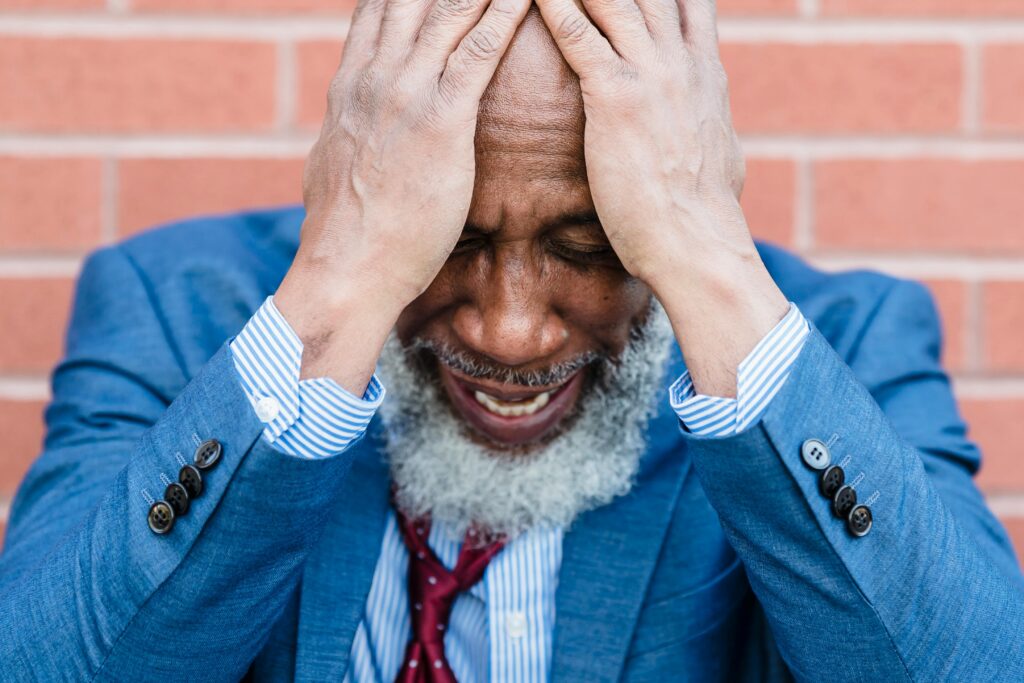It’s often said that mental health affects everyone, but for millions of Americans, the impact goes far beyond a passing bad day. In fact, over 20% of adults in the United States—roughly 1 in 5—live with a diagnosable mental health condition. Two of the most common? Anxiety and depression.
In Washington County, Maryland, and nearby Pennsylvania and Western Maryland counties, the need for mental health awareness, prevention, and support has never been more urgent. What’s behind these numbers, and what can we do about them?
This article explores the scope of anxiety and depression, why rates continue to rise, and how communities like ours can respond with empathy, science, and accessible care.
Understanding the Scope: What Does ‘1 in 5’ Really Mean?
The phrase “1 in 5 adults” often shows up in awareness campaigns, but behind that statistic are real lives. According to the National Institute of Mental Health (NIMH), approximately 57.8 million adults in the U.S. experienced mental illness in 2021 alone. The CDC echoes this data, reporting particularly high rates of anxiety and depression symptoms since 2020.
In Maryland, statewide surveys show that rates of frequent mental distress—defined as experiencing 14 or more mentally unhealthy days in a month—hover between 12% and 15%, with Washington County occasionally trending higher. Neighboring counties in southern Pennsylvania report similar patterns.
But these numbers are likely underestimates. Many people experiencing symptoms of anxiety or depression never seek help or receive a diagnosis. Others might not recognize that what they’re feeling has a name, or that effective treatments are available.
Anxiety and Depression: What’s the Difference?
Anxiety and depression are often discussed together because they frequently co-occur, but they’re not the same.
• Anxiety disorders involve excessive fear or worry. Symptoms include racing thoughts, rapid heartbeat, restlessness, fatigue, muscle tension, and avoidance of certain situations.
• Depression is more than feeling sad—it involves a persistent loss of interest or pleasure, changes in sleep and appetite, feelings of guilt or worthlessness, difficulty concentrating, and, in some cases, thoughts of death or suicide.
Why Are These Disorders So Common?
There’s no single reason why anxiety and depression affect so many. Instead, a mix of biological, psychological, social, and environmental factors comes into play.
1. Chronic Stress and Trauma
2. Loneliness and Disconnection
3. Physical Health Conditions
4. Substance Use and Self-Medication
5. Lack of Access to Care
Signs You (or Someone You Love) Might Be Struggling
Not everyone with anxiety or depression looks sad or nervous. Symptoms can be subtle or masked by other behaviors, especially in children, teens, and men.
Common signs of anxiety:
– Excessive worry, often about everyday issues
– Irritability or agitation
– Trouble sleeping or staying asleep
– Physical symptoms like nausea, muscle tension, or a racing heart
Common signs of depression:
– Low energy or fatigue
– Withdrawing from family and friends
– Feeling hopeless or numb
– Difficulty concentrating or remembering things
– Expressing feelings of worthlessness or guilt
A Local Perspective: Mental Health in Washington County, MD
Washington County reflects many national mental health trends, plus some unique regional dynamics:
– Suicide rates are increasing, especially among adult men
– More than one-third of residents report needing but not receiving mental health care
– Pediatric anxiety and school avoidance are rising
– Providers are overwhelmed and under-resourced
What Can You Do If You’re Affected?
1. Know that you’re not alone.
2. Reach out for help by contacting M.I.N.D. Health and Wellness
3. Practice self-care.
4. Advocate for better systems.
Looking Forward with Hope
Mental health challenges can feel overwhelming. But the good news is that they are also treatable. Therapies such as cognitive-behavioral therapy (CBT), medication, and holistic approaches, including mindfulness, spiritual support, and exercise, have robust evidence behind them.
At M.I.N.D Health and Wellness, we believe care should be grounded in compassion, professionalism, and a personalized approach. We integrate mental, physical, and spiritual wellness to support healing from the inside out.
Final Thoughts
It’s not just “in your head.” Anxiety and depression are real, common, and treatable. The “1 in 5” statistic reminds us how widespread mental health struggles have become—but also how universal the need for support is.
Let’s keep the conversation going. Let’s break the stigma.

